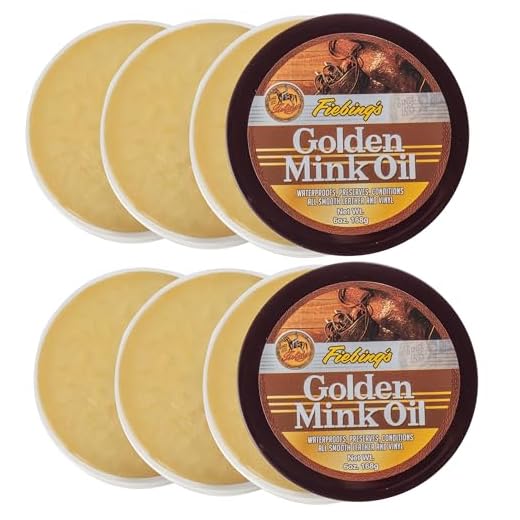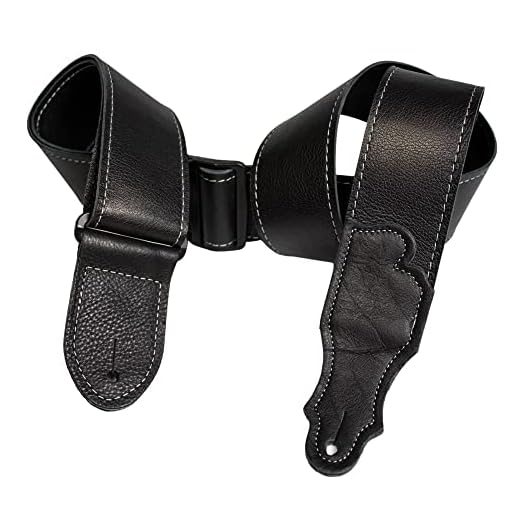



The application of natural oils like mink oil or neatsfoot oil can significantly diminish sound. Gently rub a small amount on the exterior and interior surfaces, allowing it to absorb fully. This method not only helps with noise but also enhances the suppleness of the material.
For persistent sounds, investigate hardware components. Tighten any loose screws or clasps that may be causing friction. Utilizing a silicone spray or grease on zippers can also provide lubrication, leading to quieter operation.
Consider the fabric or material lining inside. Adding a soft fabric liner can cushion the contents and minimize friction, which contributes to noise reduction. A well-structured design can significantly influence sound levels.
Lastly, regularly conditioning the surface with a quality leather conditioner can maintain flexibility and reduce creaks over time. This routine ensures the longevity of the item while keeping it looking fresh and feeling smooth.
Identifying the Source of Creaking Sounds
Inspect hardware components such as clasps, buckles, and rivets. Loose or improperly aligned fixtures often contribute to noise. Tighten screws and ensure parts fit snugly without friction.
Examine the stitching, especially at stress points. Weak or frayed thread can create vibrations that lead to sound. Reinforce any compromised areas to enhance durability.
Analyze the construction of the product. Areas where multiple layers of material intersect may produce sound. Applying a thin layer of a lubricant, like beeswax or leather conditioner, can minimize friction at these joints.
Check the unfamiliar areas where layers meet or bend. Ensure they have sufficient give, as stiffness can lead to creaking. Softening the material gradually with care can mitigate this issue.
Pay attention to the strap attachment points. Movement here can generate noise. Adding padding at these contact points may absorb sound and reduce disturbances.
Applying Leather Conditioner Properly
Choose a high-quality conditioner specifically formulated for hide. Inspect the product label to ensure it contains natural oils and waxes, which provide nourishment without leaving a greasy residue. Use a soft, lint-free cloth to apply a small amount of the conditioner, ensuring even distribution across surfaces.
Application Techniques
Begin with a test on a discreet area to check for colorfastness and compatibility. Gently rub the cloth in circular motions, allowing the material to absorb the conditioner thoroughly. Focus on seams and joints, as these areas are prone to dryness and sound issues. After application, allow the substance to sit for the recommended period, typically between 10 to 30 minutes, to penetrate the fibers effectively.
Finishing Touches
Wipe away any excess product with a clean section of the cloth. For optimal results, consider conditioning every 3 to 6 months, depending on usage and exposure to moisture. Regular maintenance enhances flexibility and durability, ultimately reducing potential noise during movement.
Adjusting Bag Straps and Hardware
To reduce unwanted noises from your carryall, pay close attention to the straps and hardware. Ensuring the straps are properly adjusted can minimize movement and friction that lead to squeaking. Start by loosening the straps slightly. This allows for a more natural fit around your shoulder, reducing pressure points where friction might occur.
Hardware Maintenance
Inspect any metal components for dirt or debris which can create sound when they rub against the material. Wipe down hardware with a soft cloth and consider applying a small amount of silicone spray to the joints for smooth operation. Regularly check for loose screws or fittings that need tightening, as these can add to noise levels if they shift during use.
Strap Material Evaluation
Examine the composition of the straps. If they are made from a blend that includes synthetic fibers, they may be more prone to creaking. Consider switching to natural fibers or adjusting the blend to enhance flexibility and comfort while also reducing noise. This will help ensure a quieter experience while carrying your items.
Lastly, for versatile photography options, check out the best digital camera company in pakistan.
Using Silence-Inducing Products and Techniques
Applying a specialized leather treatment can significantly reduce sounds. Look for products designed specifically for leather that provide lubrication and moisture retention.
Consider the following options:
- Silicone Spray: This offers an effective barrier against squeaking. Lightly spray on the exterior and interior joints where movement occurs. Ensure to wipe away excess to prevent residue.
- Leather Wax: Apply wax to friction points. This not only minimizes noise but also protects the material from wear.
- Petroleum Jelly: For a DIY option, use a small amount. Be cautious with application; excess can leave a greasy appearance.
Techniques for application include:
- Thorough Cleaning: Before applying any product, clean the surface with a damp cloth to remove dirt that could cause friction.
- Even Distribution: Ensure products are evenly spread over problem areas to maximize effectiveness and avoid buildup.
- Regular Maintenance: Schedule upkeep every few months to prolong the silence and condition.
Integrating quality accessories also helps. Consider selecting the best backpack lunchbox combo or using the best luggage casters which feature noise-reducing properties. These choices ensure a smoother and quieter transportation experience.







